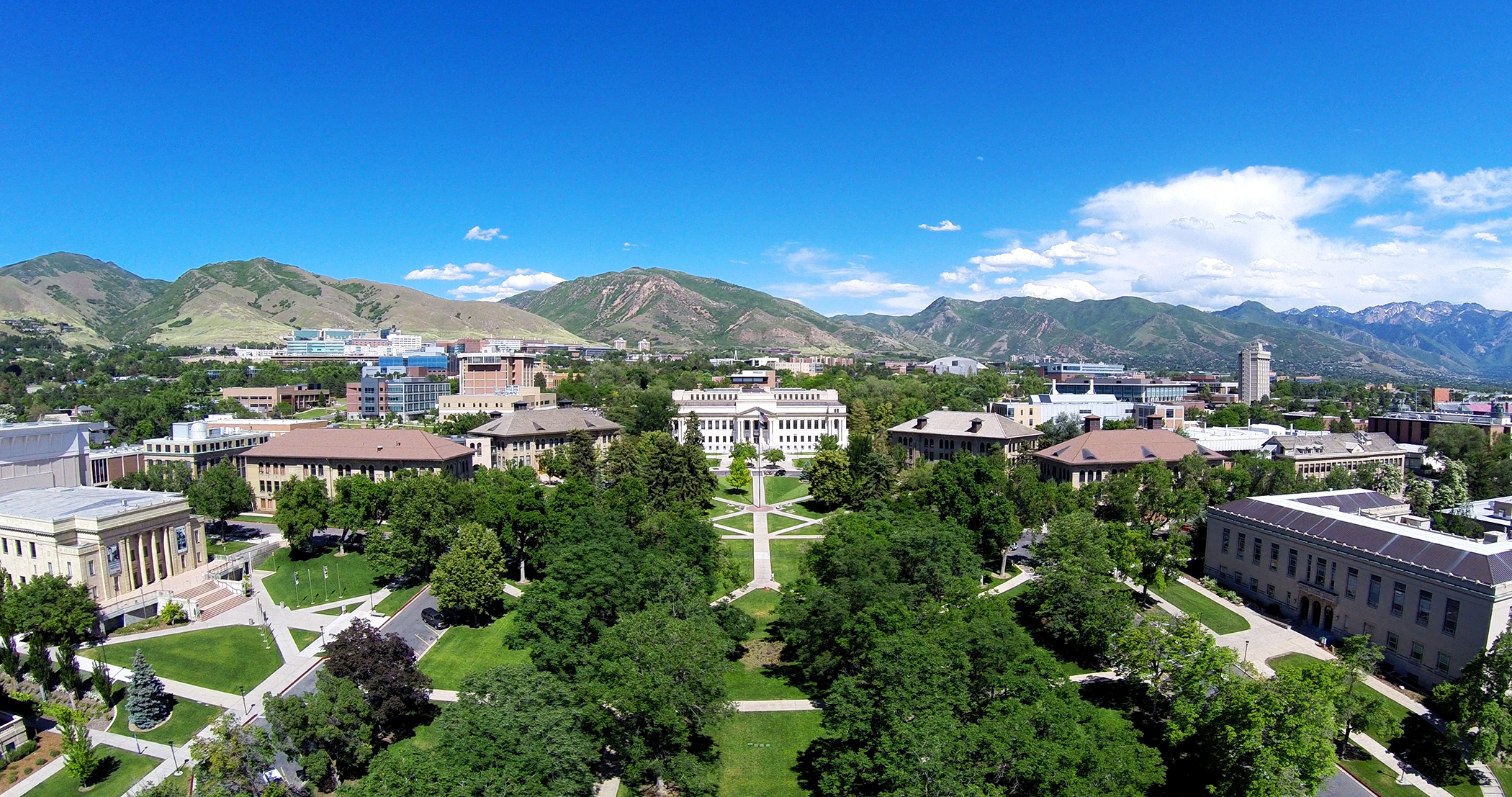
April 23, 2015 – The University of Utah recently received Tree Campus USA recognition by the Arbor Day Foundation, which honors colleges and universities for effective urban forest management and for engaging staff and students in conservation goals.
With more than 8,000 trees on campus, the U is home to the State Arboretum of Utah, and the U’s Red Butte Garden will host the State Arbor Day Ceremony on Arbor Day, April 24, 10 a.m., followed by a ceremonial tree planting.
The University of Utah achieved the title by meeting Tree Campus USA’s five standards, which include forming a tree advisory committee, maintaining a campus tree-care plan, dedicating annual expenditures for the campus tree program, observing Arbor Day and initiating a student community-engaged project.
As part of the application process to be Tree Campus USA-certified, students from the U’s Department of Parks, Recreation, and Tourism worked with Sue Pope, facility coordinator for landscape and open space in Facilities Management, to engage the campus community in a water-wise landscaping project last summer. With support from the Sustainable Campus Initiative Fund, the U’s green grant program, the group converted 8,000 square feet of grass to low-water-use trees and shrubs on the hillside north of the S.J. Quinney Law building. The change will save about 100,000 gallons of water annually.
“Receiving the Tree Campus USA designation means being part of a national, collective effort that recognizes the importance of tress to our community and environmental health,” said Elise Gatti, doctoral student in the Department of Parks, Recreation, and Tourism and chairperson of the Campus Tree Committee. “Not only do trees provide numerous free health benefits and ecosystem services, they are also essential to creating a unique sense of place and to enhancing the aesthetic quality of our everyday environments—our neighborhoods, our business districts, our streets and our campuses.”
